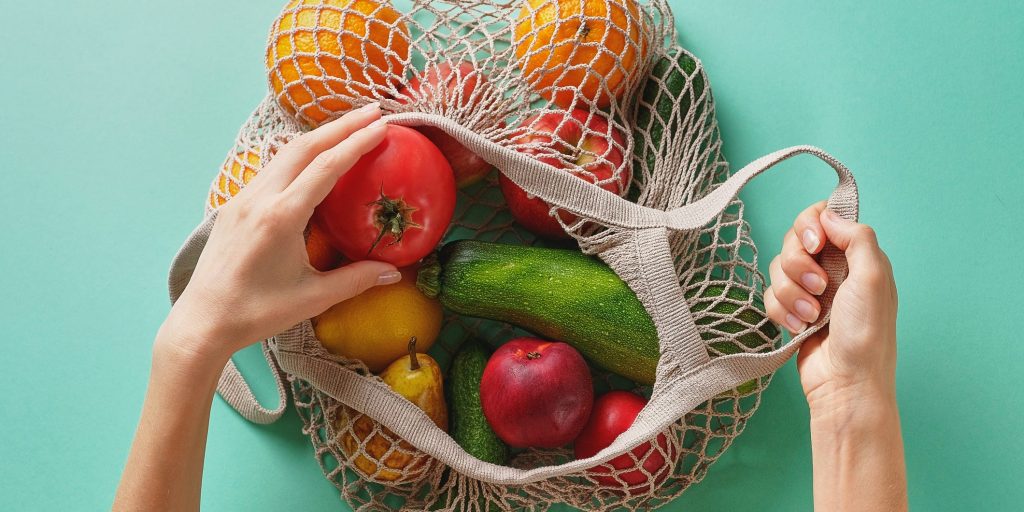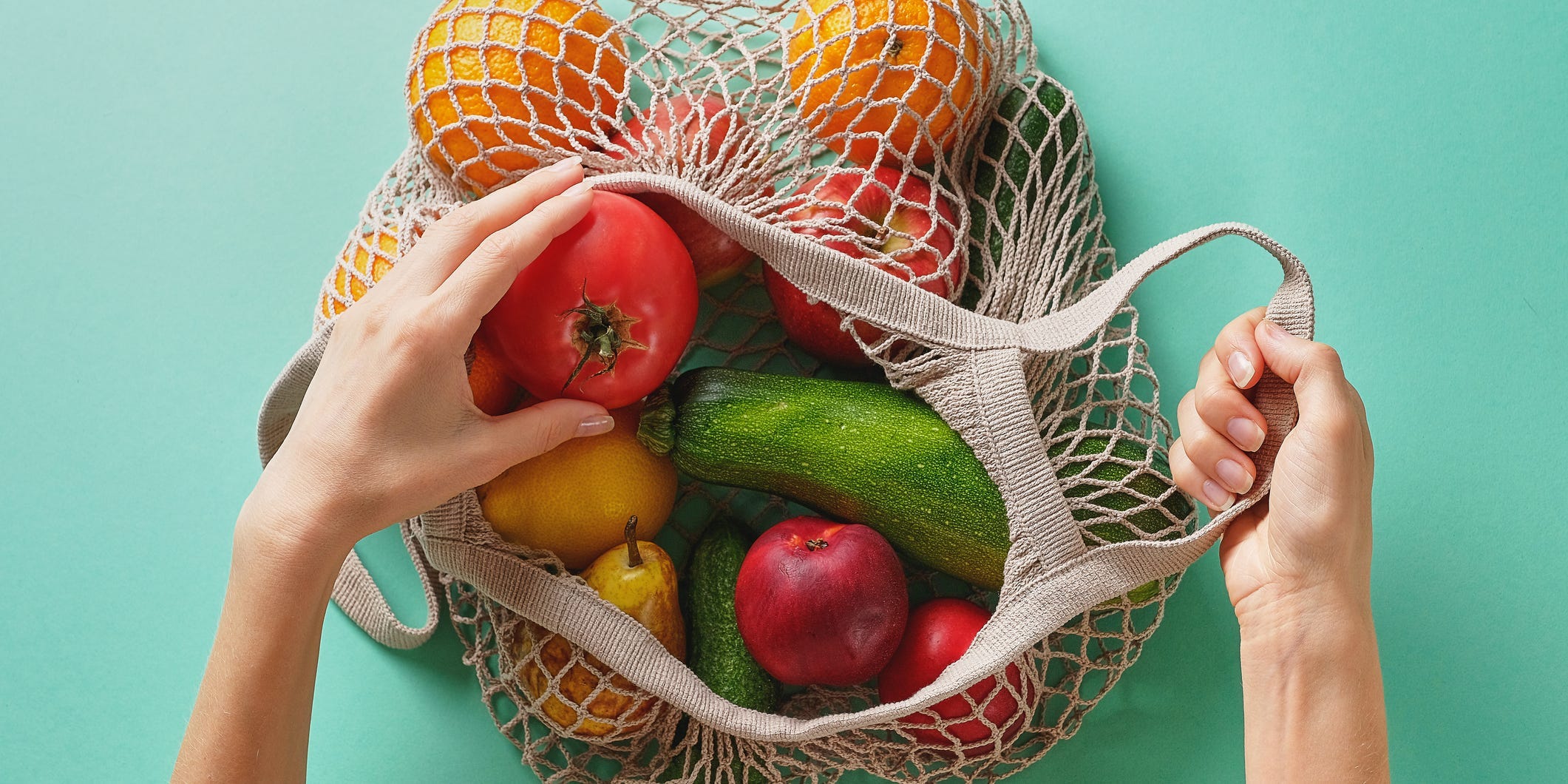
Aleksandr Zubkov/Getty Images
- Prebiotics are substances that feed the healthy bacteria in our gut called probiotics.
- Foods high in prebiotics include apples, oats, garlic, and chickpeas.
- Eating enough prebiotics is important for digestion, immunity, and absorbing vitamins.
- Visit Insider's Health Reference library for more advice.
Simply put, prebiotics are an important type of food for the microorganisms in your gut, aka your microbiome.
Your gut contains trillions of helpful bacteria that – when fostered properly – help with digestion, vitamin absorption, and may even ward off certain diseases, like inflammatory bowel disease and diabetes.
Now, it's important to note the prebiotics are similar to, but not exactly the same as, probiotics. Both are important to maintaining a healthy microbiome. The key difference is where they come from:
- Prebiotics are substances that you consume which then helps feed the good bacteria living in your gut.
- Probiotics refer to the healthy bacteria already in your gut. You can also eat probiotic foods, like kefir and kimchi, or take supplements that will help those bacteria grow and thrive.
While it is difficult to determine exactly how many prebiotics are in a certain food, a good rule of thumb is to look at it's fiber content, says Natalie Allen, RD, clinical assistant professor of biomedical sciences at Missouri State University. If it's high in fiber, it's likely to also be high in prebiotics.
Here's a look at the 15 of the best prebiotic foods to support your digestive health.
1. Apples
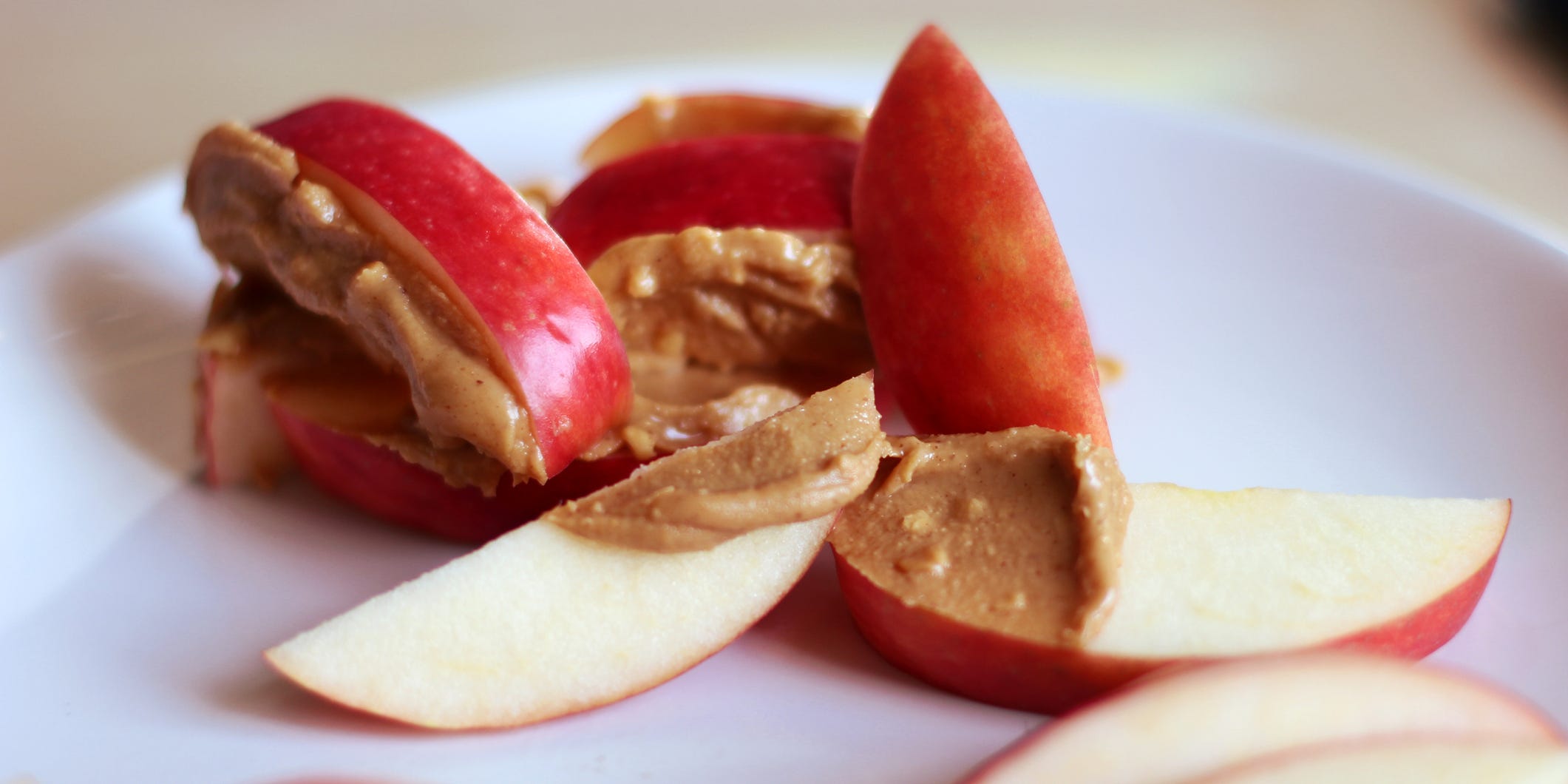
Linh Moran Photography/Getty Images
One medium apple contains about 5 grams of fiber, which is about 20% of your daily value (DV).
Apples are high in pectin, a type of soluble fiber, Allen says. Pectin passes through the small intestine intact, so it can feed the microbes in your large intestine.
In fact, a 2015 review found pectin in apples has cholesterol-lowering properties and may help explain why apples improve heart health.
2. Bananas
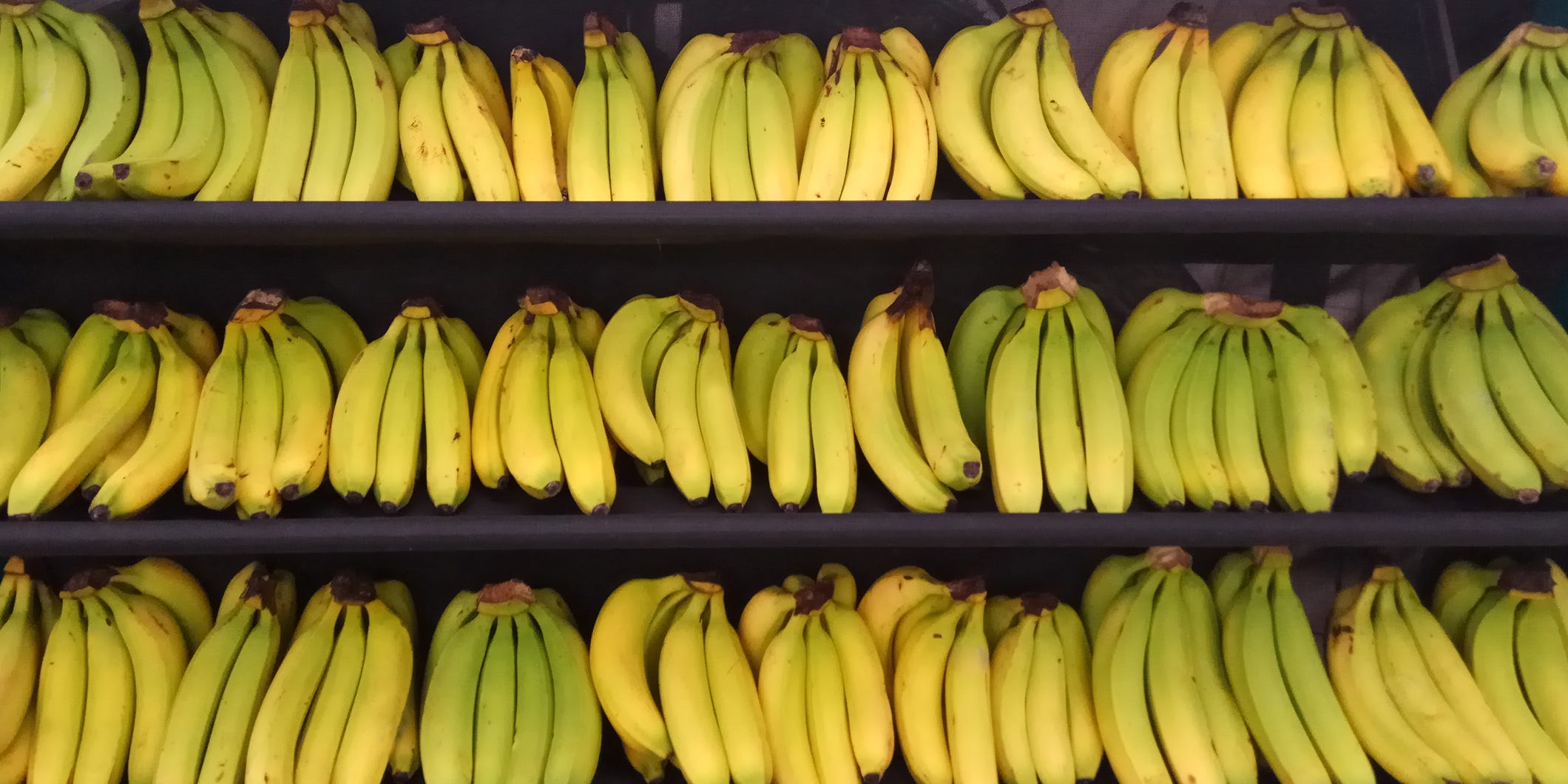
fitri iskandar zakariah/Getty Images
One banana contains about 2 grams of fiber (7% DV)
Bananas contain various fibers, including the prebiotic fructooligosaccharides (FOS), Allen says.
In addition to feeding the microbes in our gut, bananas are also a good source of potassium - an electrolyte essential for muscle contraction. One banana contains about 450 mg (10% DV) of potassium.
3. Chia seeds
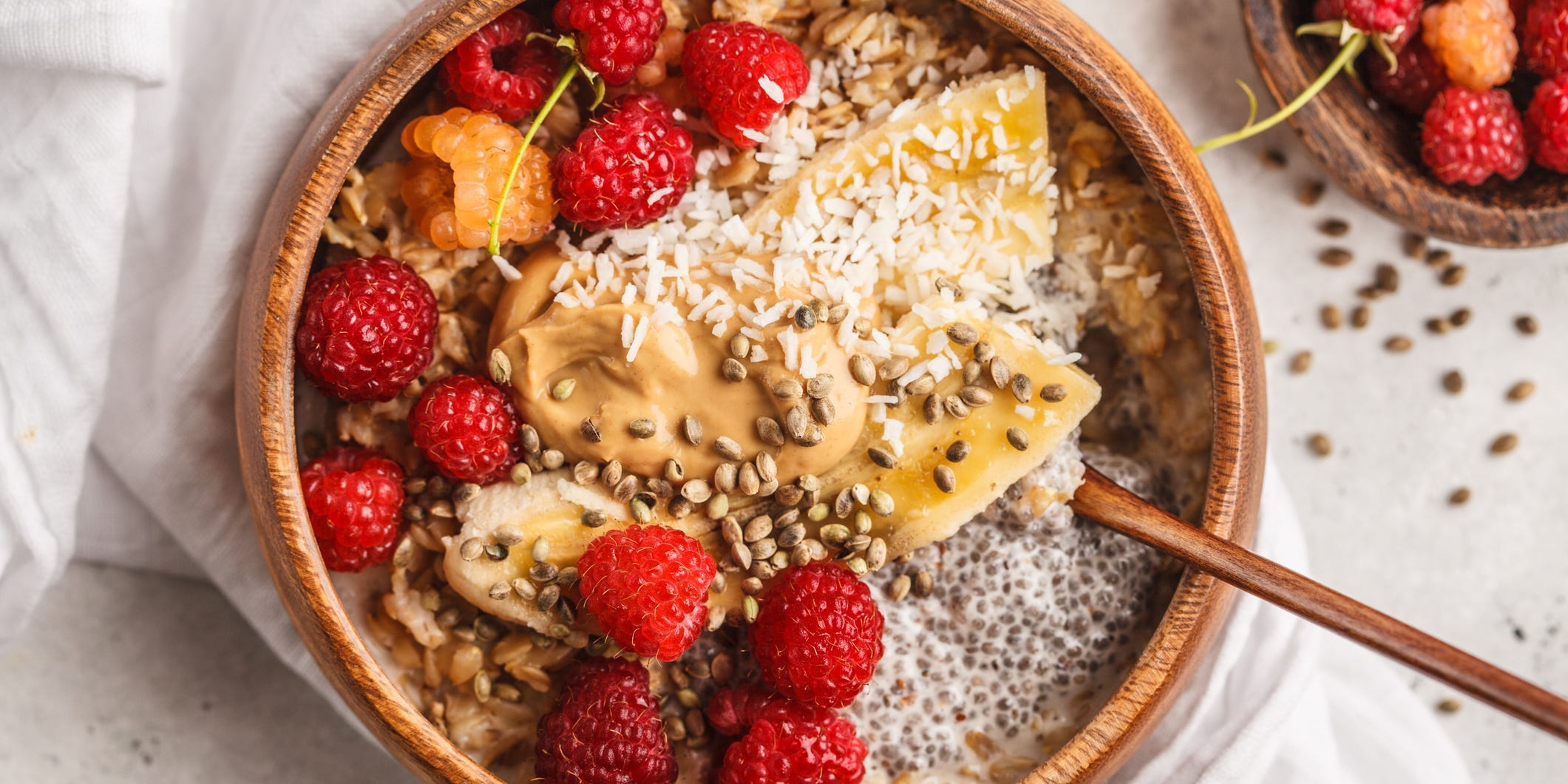
vaaseenaa/Getty Images
Two tablespoons of chia seeds contain about 11 grams of fiber (39% DV).
Chia seeds are full of fibers with prebiotic effects, including soluble and mucilage, which may help lower bad cholesterol levels and prevent blood sugar spikes. Mucilage is also the reason why chia seeds develop a gluey, gooey texture when left to soak in liquids.
Chia seeds also contain antioxidants and omega-3 fatty acids, which can help reduce inflammation.
4. Oats
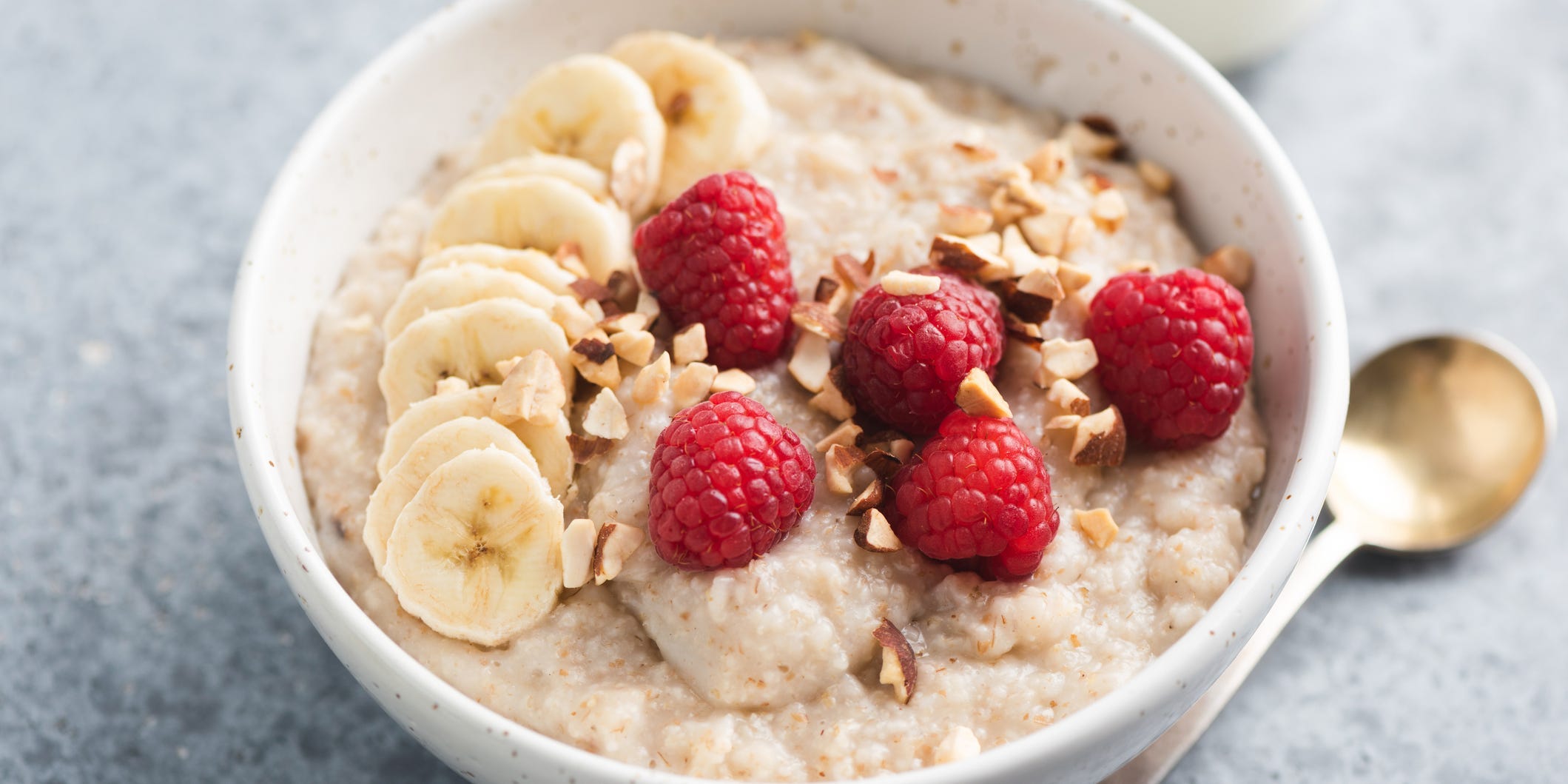
Arx0nt/Getty Images
One cup of cooked oats contains about 4 grams of fiber (14% DV).
Oats are an excellent source of fiber and healthy carbohydrates, Allen says. Whole oats also contain a specific type of fiber known as beta-glucan fiber.
In fact, a small 2016 study in healthy subjects found consuming 60 grams of oatmeal porridge daily for one week may have a positive effect on gut microbial functions.
5. Onions
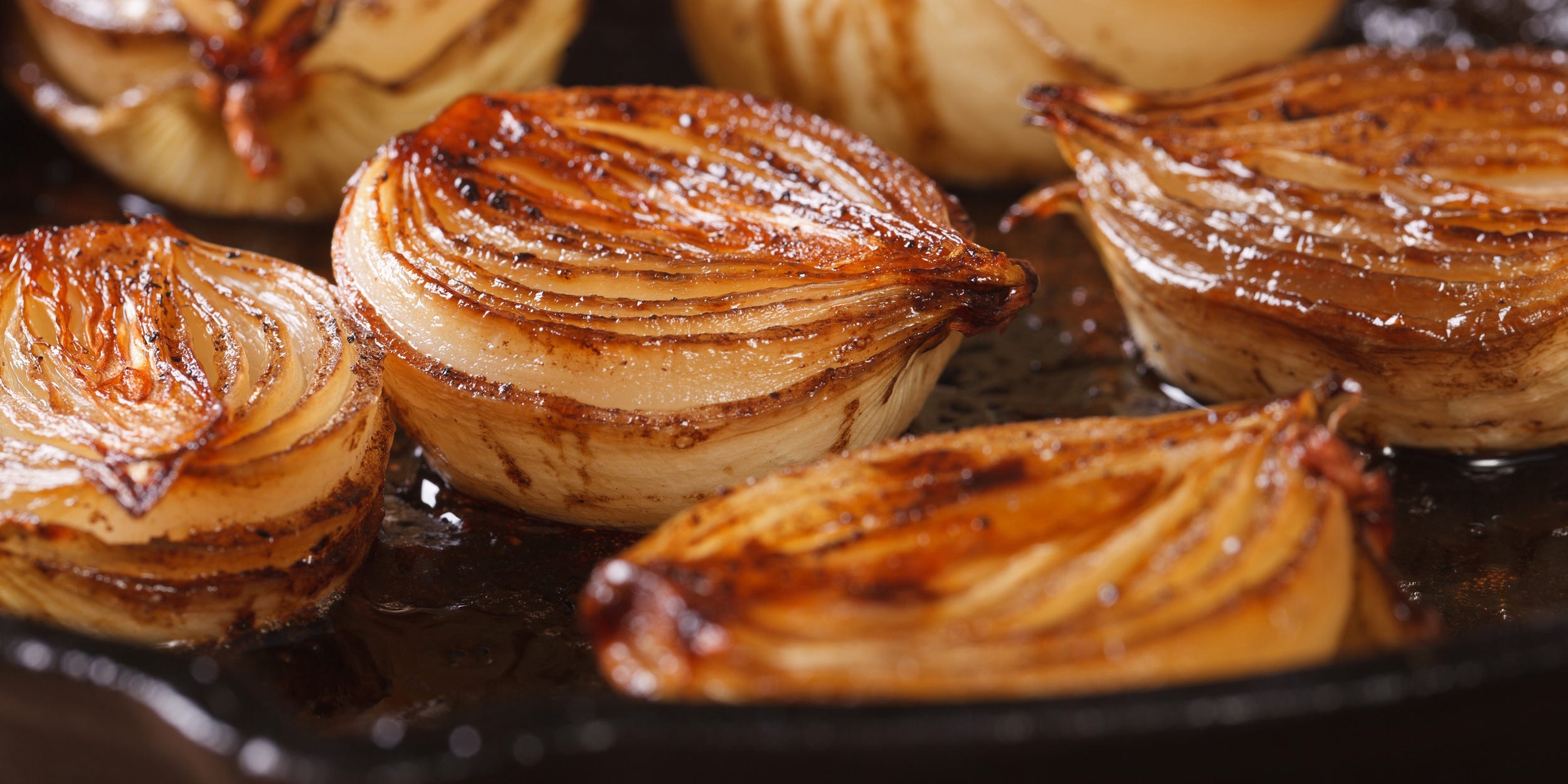
ALLEKO/Getty Images
One small white onion contains about 1.2 grams of fiber (4% DV).
Onions contain FOS and inulin, a type of fiber known to help good bacteria grow and is common in prebiotic foods.
In fact, a 2015 meta-analysis found high allium vegetable consumption, like eating onions, is likely to reduce the risk of gastric cancers.
6. Garlic
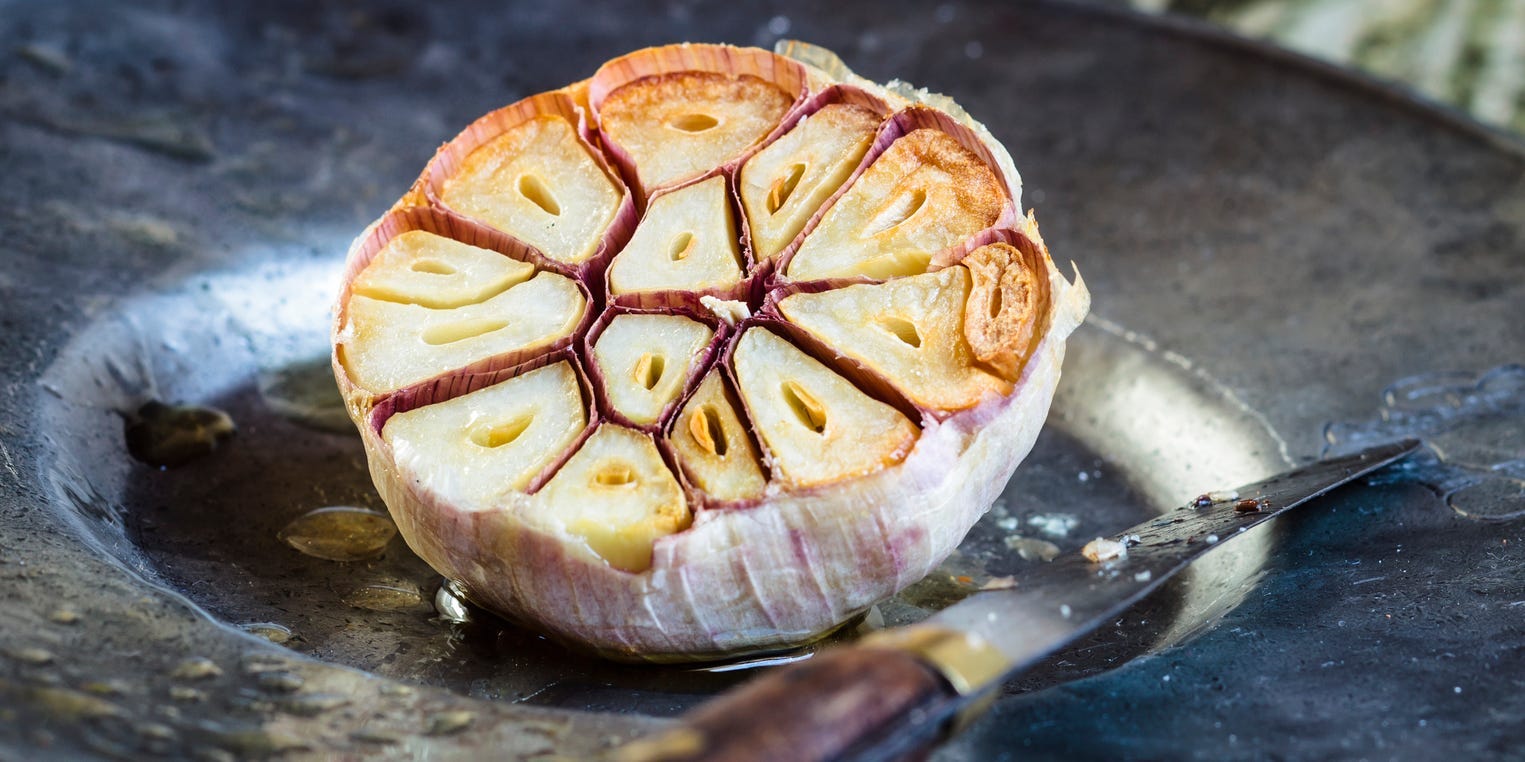
Westend61/Getty inages
One teaspoon of garlic contains about 0.6 grams of fiber (2% DV).
Garlic is a flavorful and nutrient-rich herb that's also a good source of inulin and FOS, Allen says. It also has anti-inflammatory properties and may lower blood pressure and LDL, or "bad" cholesterol levels.
7. Barley
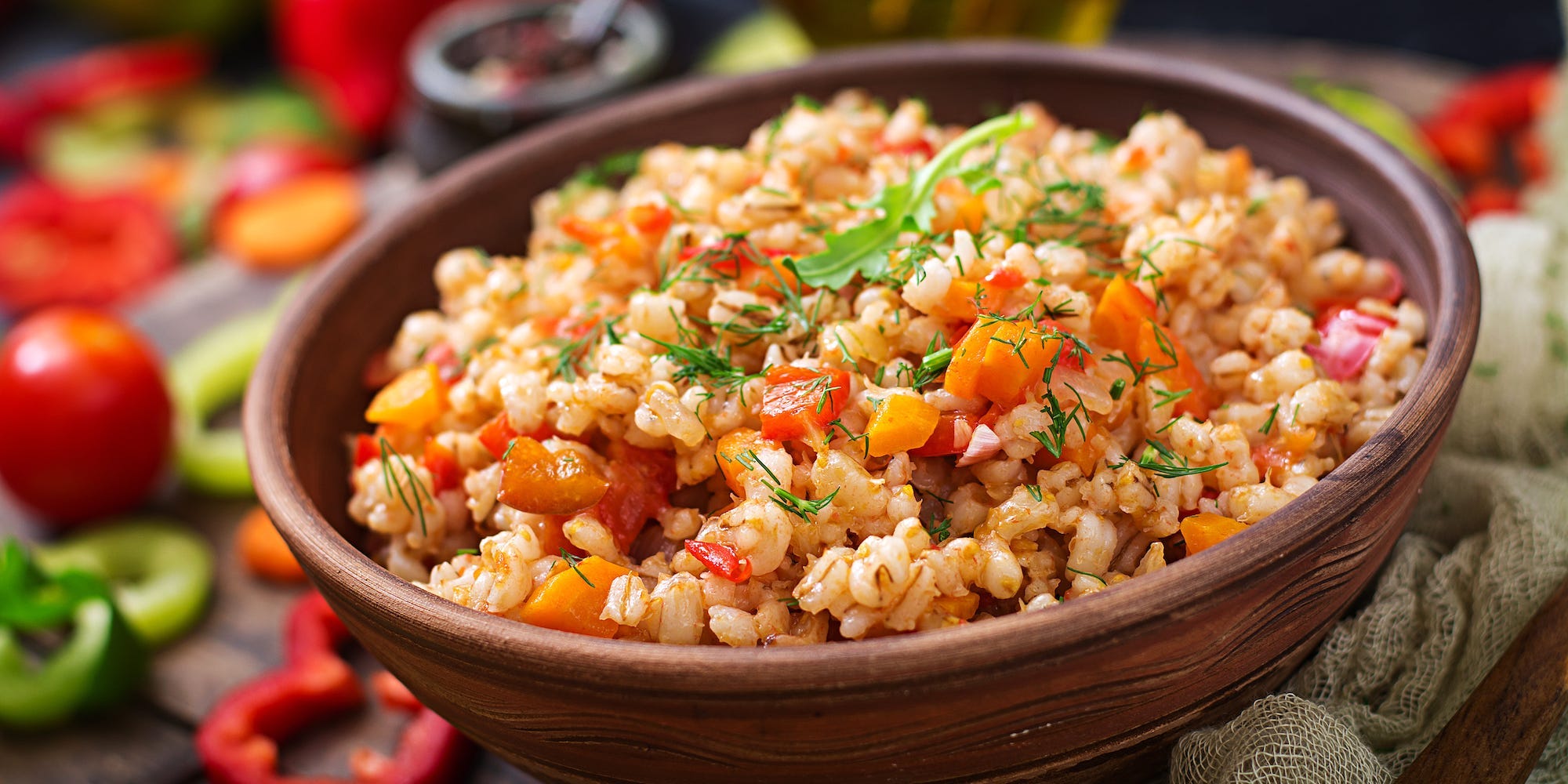
Elena_Danileiko/Getty Images
One cup of hulled barley contains about 31.8 grams of fiber (113% DV).
Barley is a type of whole grain that also contains prebiotic fiber, like beta-glucan.
Whole grains contain all three parts of the grain - the bran, endosperm, and the germ, while refined grains have had the bran and germ removed. This makes whole grains a more nutritious option than refined grains since the bran and germ contain iron, B-vitamins, and fiber.
8. Lentils
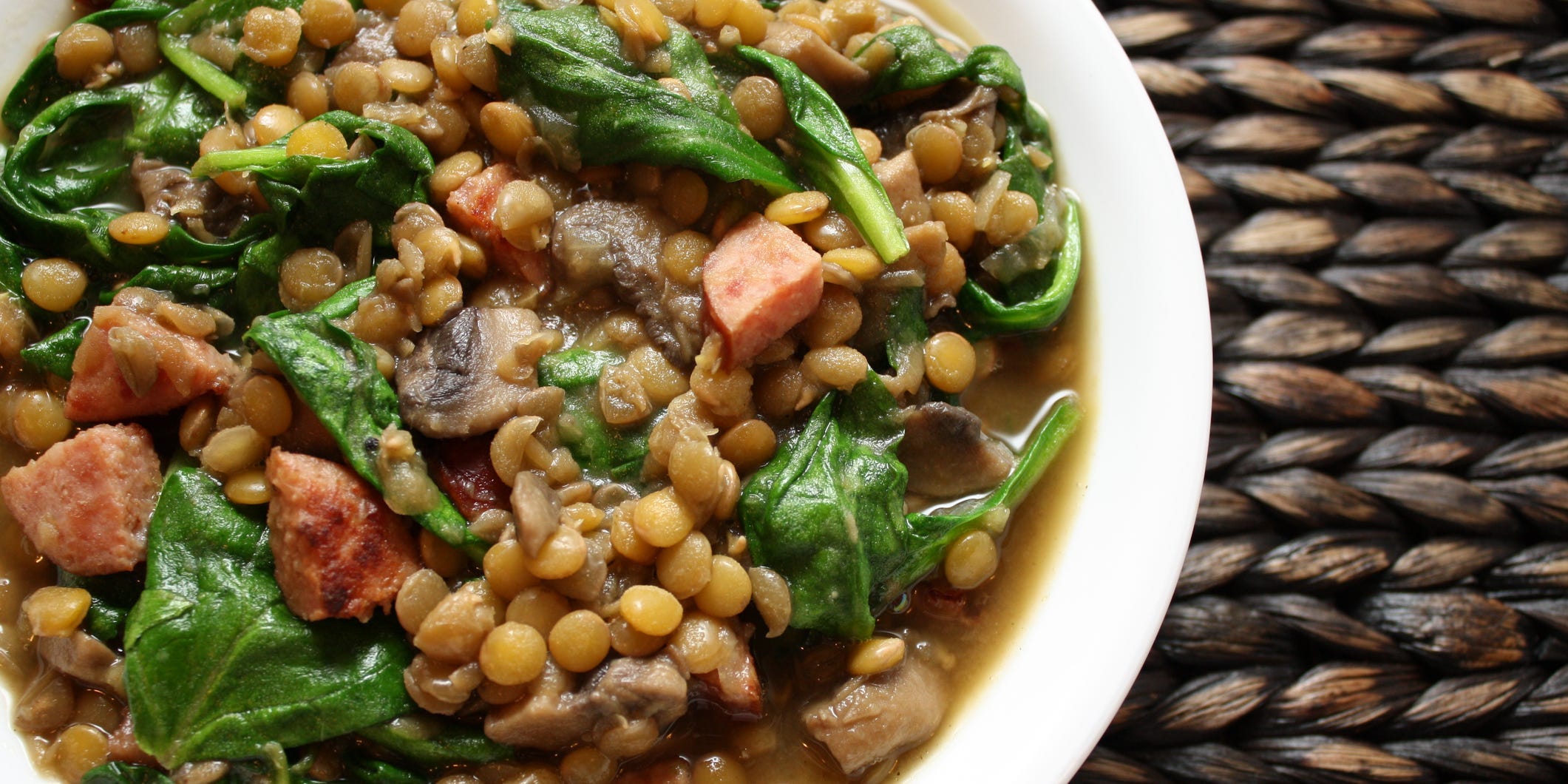
Kate Brittle/ Getty Images
One cup of cooked lentils contains about 15.6 grams of fiber (54%DV).
Lentils are a rich source of fiber, especially a type known as resistant starch, which moves through the small intestine intact so it can feed the bacteria in your large intestine
9. Chickpeas
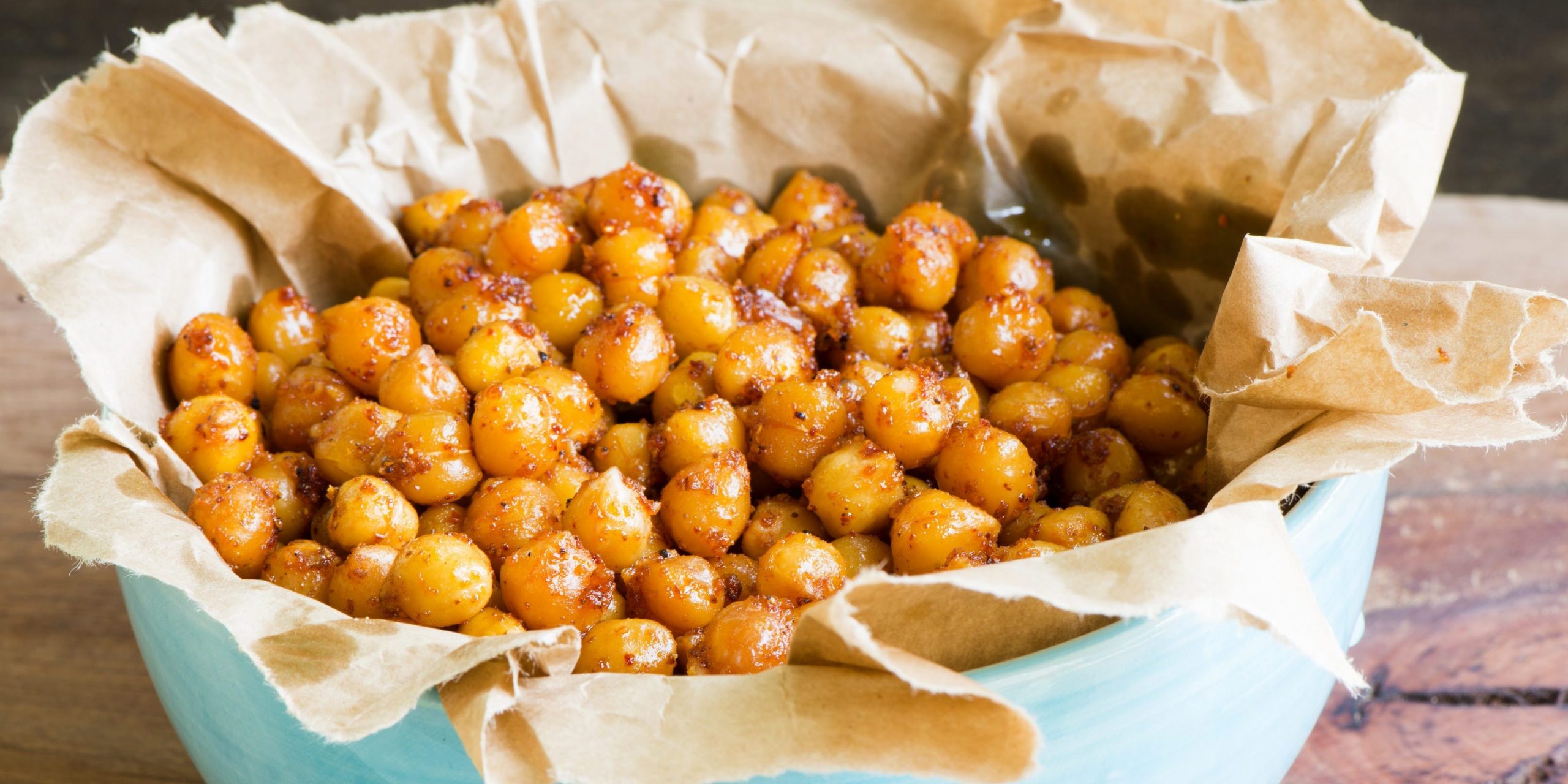
hadasit/Shutterstock
One cup of cooked chickpeas contains 12.5 grams of fiber (45% DV).
Like lentils, chickpeas also contain resistant starch. Chickpeas are also rich in other nutrients, like protein, iron and folate, which helps your body produce red blood cells and derive energy from food.
10. Leeks
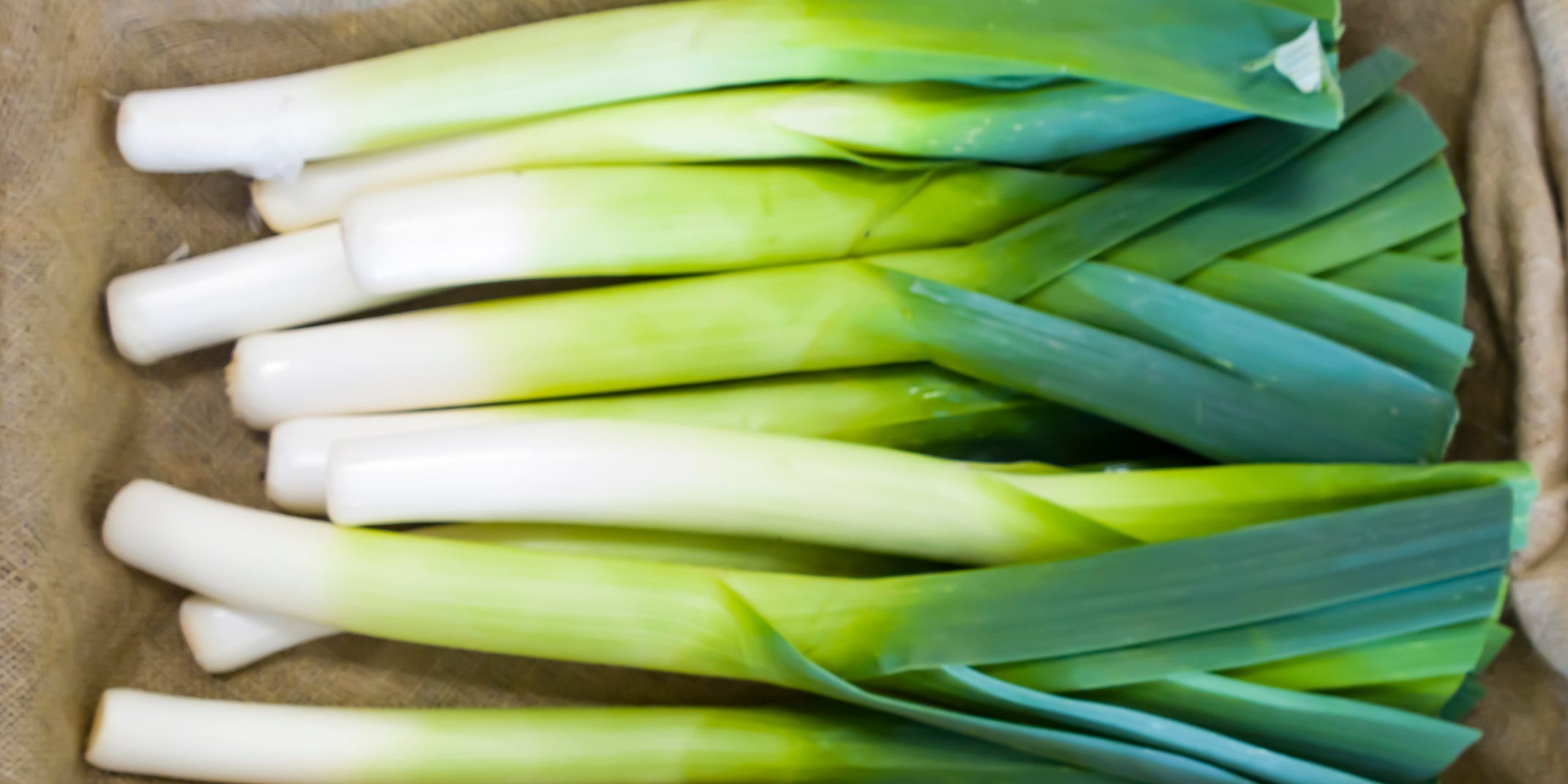
mikroman6/Getty Images
One leek contains 1.6 grams of fiber (6% DV).
Leeks are a member of the onion and garlic family. Like onions, leeks also contain inulin, which can prevent gastrointestinal complications like constipation.
11. Chicory root
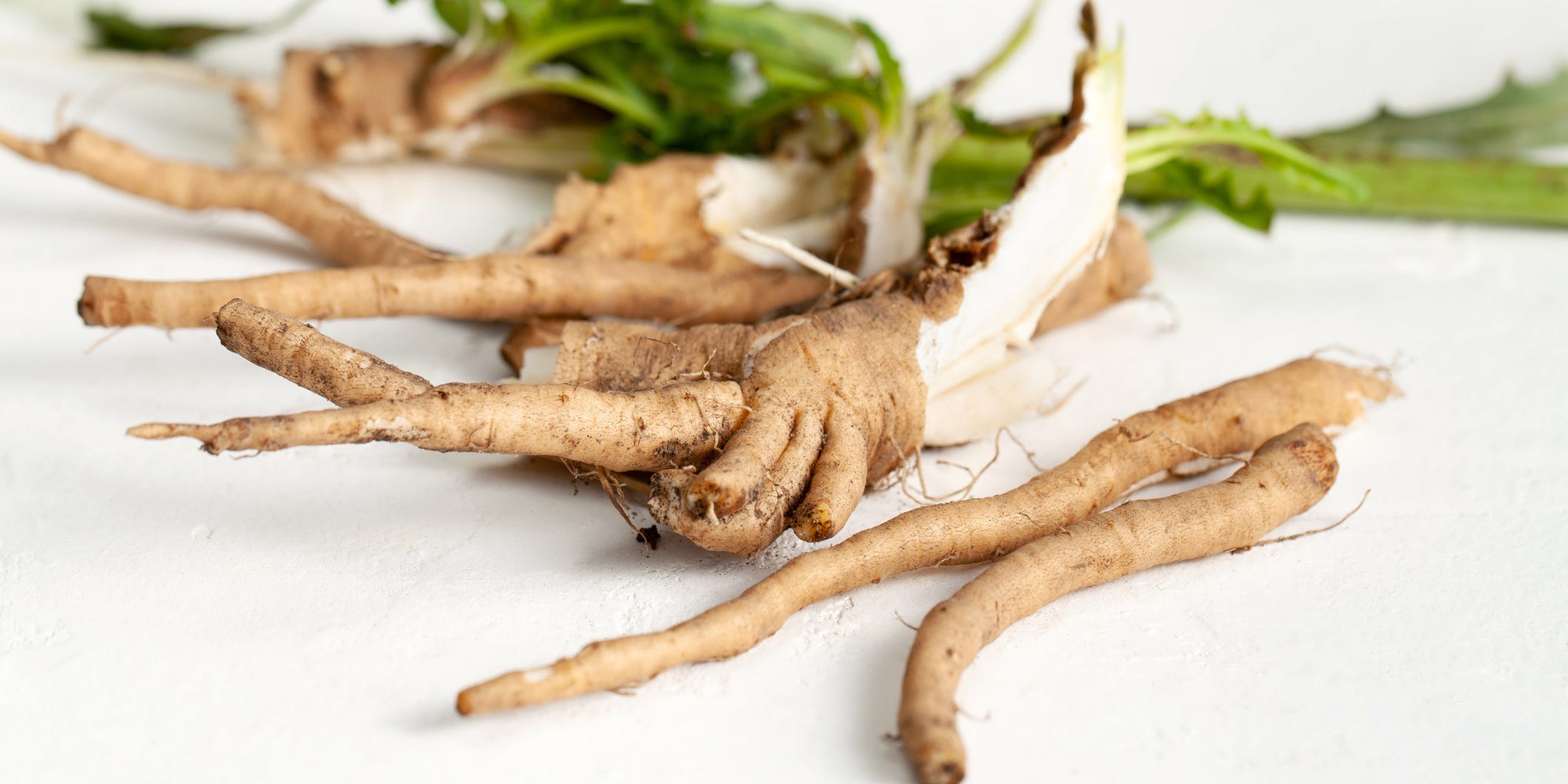
EKramar/Getty Images
One chicory root contains about 1 gram of fiber (4% DV).
Chicory root comes from the dandelion family and is a great source of inulin. In fact, 68% of the compounds in chicory root come from inulin.
12. Dandelion greens
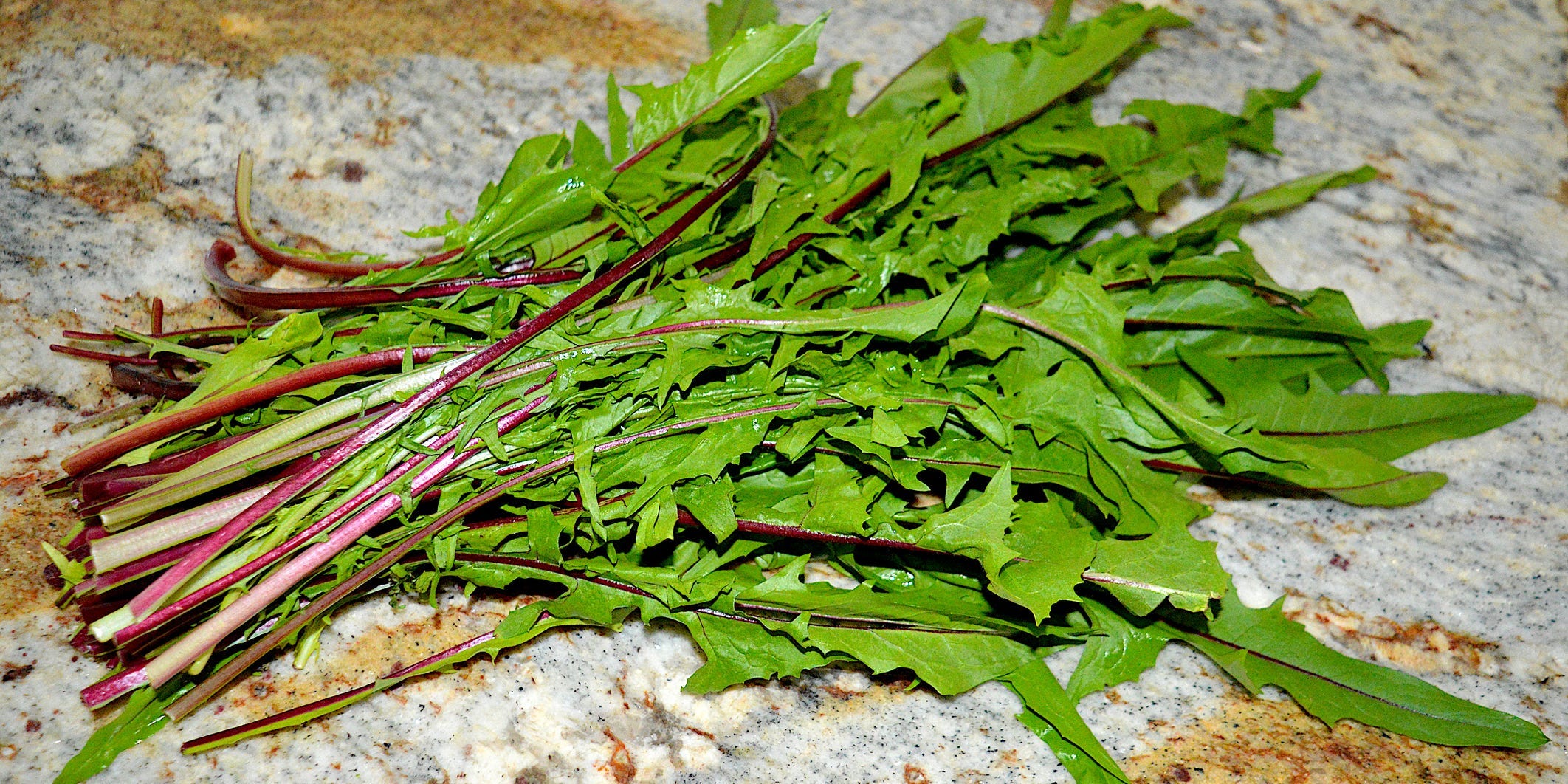
Philippe Gerber/Getty Images
One cup of dandelion greens contains about 1.9 grams of fiber (7% DV).
While most people only know dandelions in the context of being a pesky weed, they're actually a great source of prebiotics.
As much as 45% of their roots consist of inulin. They're also a good source of antioxidants, and other vitamins and minerals, like vitamin A, which helps support your immune system. They can be eaten raw or cooked by adding them to a salad or even steeping them in tea.
13. Jerusalem artichoke
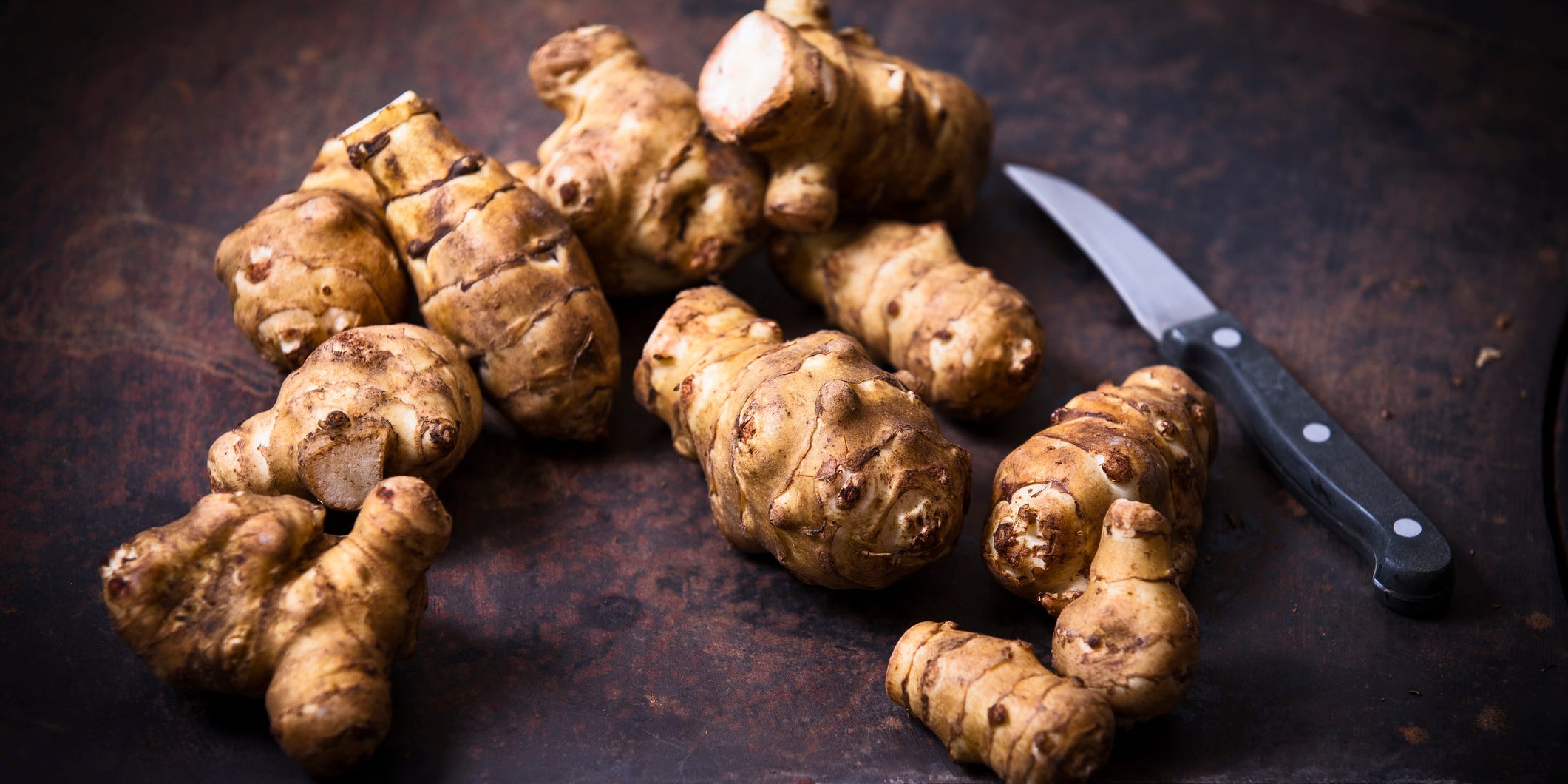
Westend61/Getty Images
One cup of sliced Jerusalem artichoke contains about 2.4 grams of fiber (9% DV).
These artichokes, also known as sunroot or sunchoke, are packed with inulin.
In fact, a small 2010 study in elderly people found that taking 15g of inulin daily for 28 days reported better digestion and reduced constipation.
These fibrous veggies can be eaten raw or cooked and have a slightly sweet and nutty taste.
14. Asparagus
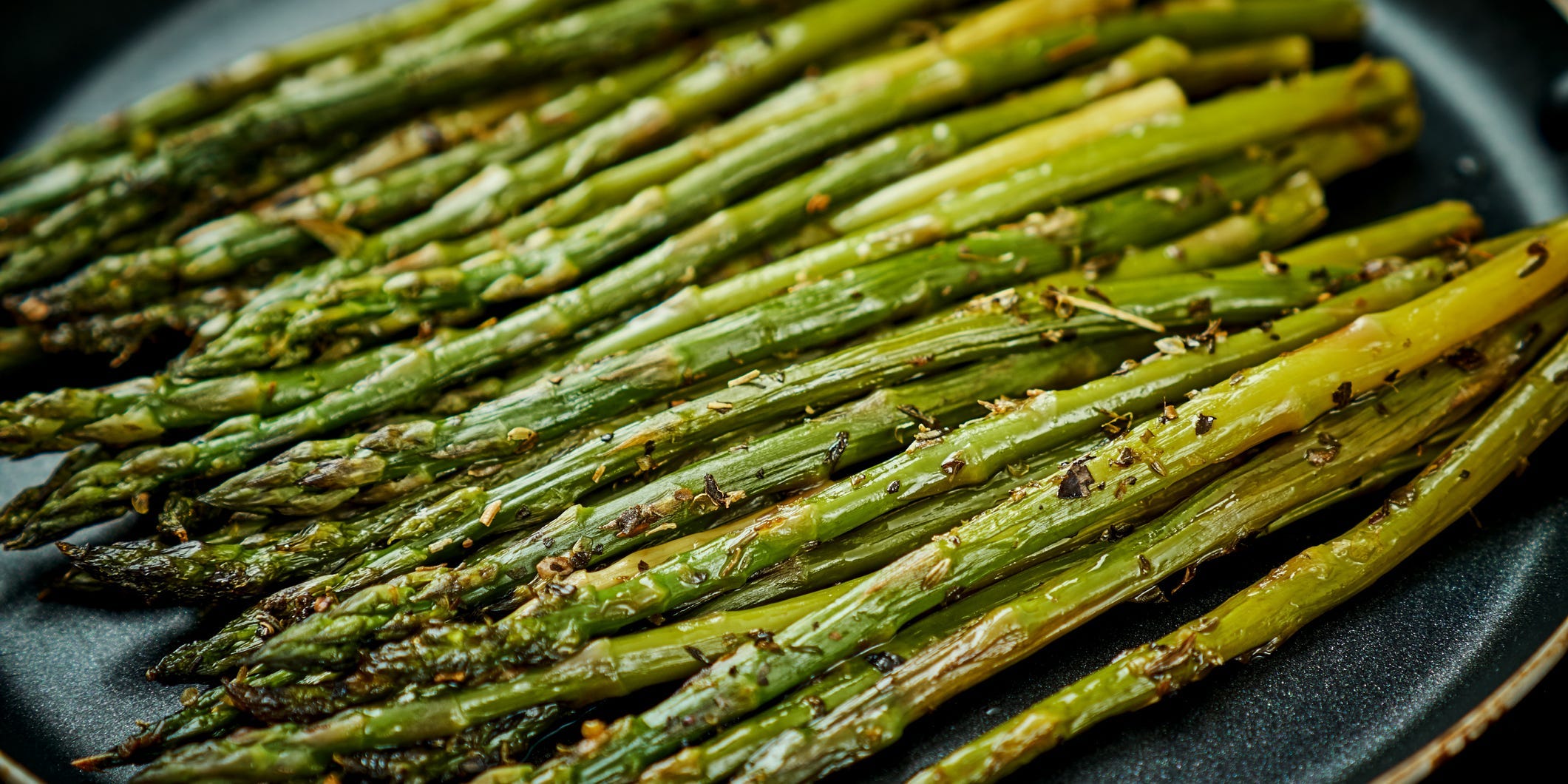
oska25/Getty Images
One cup of asparagus contains about 2.8 grams of fiber (10% DV).
Asparagus also contains inulin and other essential nutrients, like vitamin K, which plays an important role in blood clotting to help wounds heal.
15. Flaxseeds
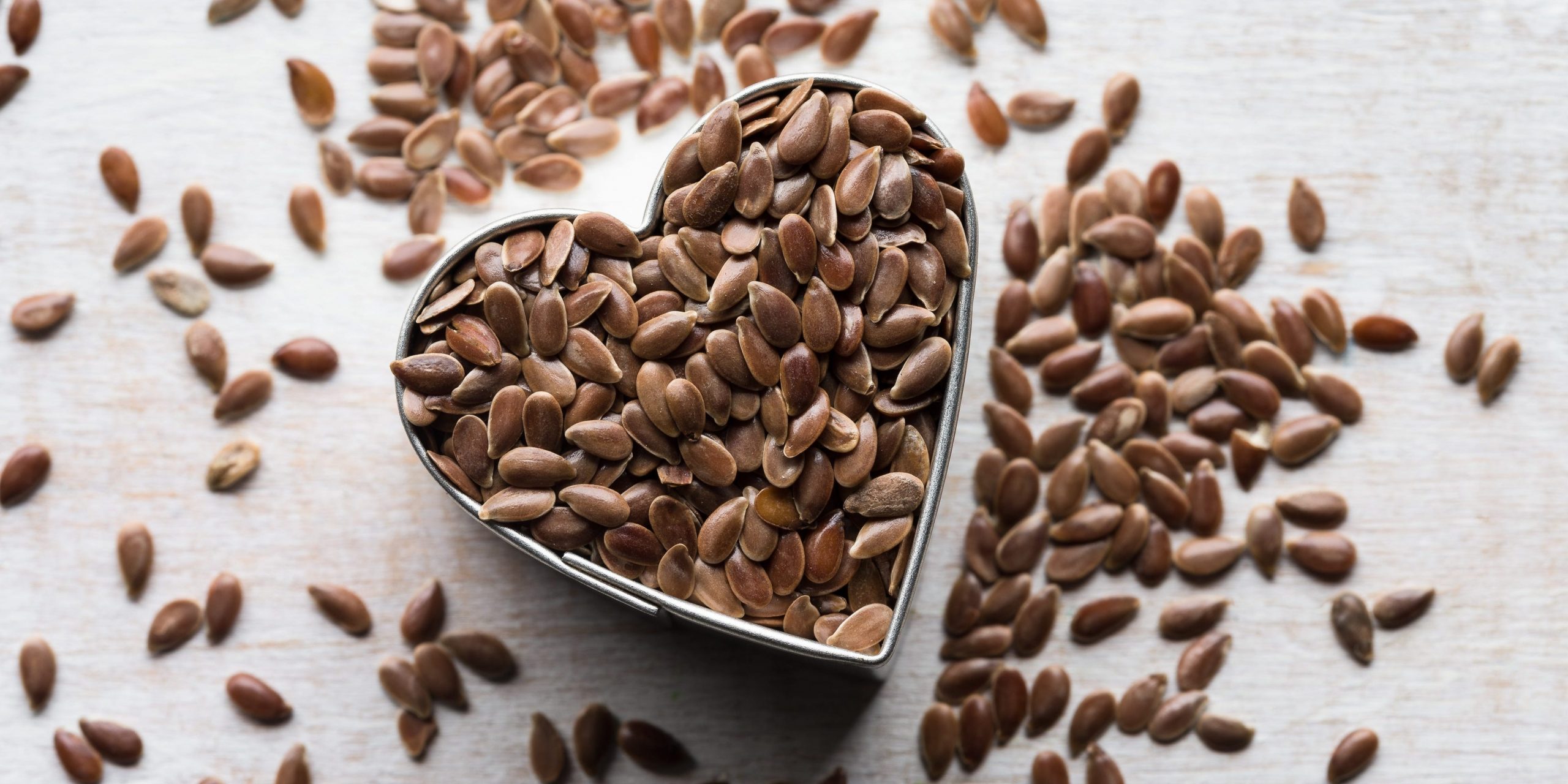
Michelle Arnold / EyeEm / Getty Images
One tablespoon of whole flaxseed contains about 2.8 grams of fiber (10% DV).
In addition to being a good source of fiber, flaxseeds also contain omega-3 fatty acids which are healthy fats known to reduce the risk of heart disease, fight inflammation, and decrease liver fat.
Insider's takeaway
Prebiotics are substances that feed the healthy bacteria in your gut, which is important for certain aspects of your health like digestion and immune function.
The best way to boost your prebiotic intake is to consume high-fiber plant foods like legumes, certain fruits, whole grains, and seeds. Some common examples of prebiotics are inulin and fructooligosaccharides, which can be found in foods like leeks and bananas.
The best way to ensure you're eating enough prebiotics is to eat a variety of foods, particularly fruits and vegetables.
